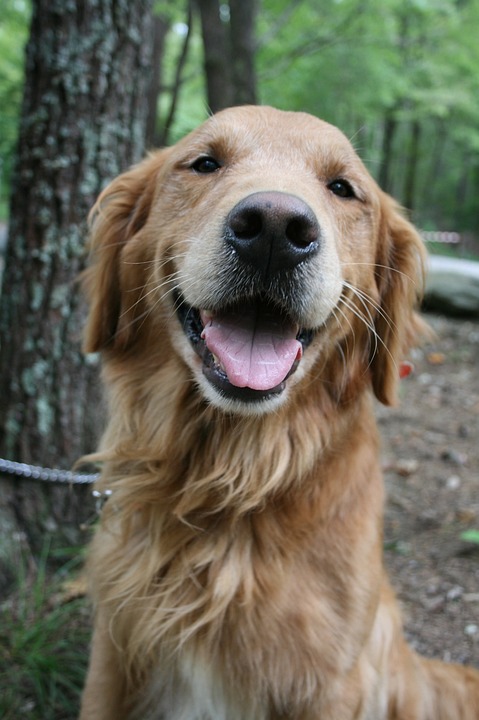*by Emily Smith*
Introduction:
Bringing a new dog into your home can be an exciting and fulfilling experience. However, if you already have a resident hamster, it is crucial to ensure a safe and stress-free introduction between the two pets. This article will guide you through the necessary preparations and steps to introduce your new dog to your hamster, creating a harmonious environment for both furry friends.
I. Preparing Your Home
Before bringing your new dog home, it is essential to make some preparations to ensure the safety and comfort of your hamster. Follow these steps:
1. Secure the Hamster Habitat: Place the hamster’s cage in a secure area where the dog cannot access it. Consider using a sturdy, elevated stand or placing the cage in a room with a door or gate.
2. Create a Safe Space: Set up a designated area where the hamster can explore outside of its cage, such as a playpen or a secure room. Make sure it is inaccessible to the dog.
3. Dog-Proof the House: Remove any small objects or hazards that the dog might be tempted to chew on. Keep electrical cords, plants, and other potential dangers out of reach.
II. Introducing Scent and Sound
Before allowing direct interactions between your new dog and hamster, start by introducing them to each other’s scents and sounds. This step helps familiarize both pets without direct contact. Follow these guidelines:
1. Exchanging Bedding: Swap bedding or toys between the dog and hamster to introduce their scents gradually. Place the items near their respective living areas.
2. Play Audio Recordings: Play audio recordings of hamster sounds in the presence of the dog. Start with low volume and gradually increase it over time. This helps the dog associate the hamster’s sounds with positive experiences.
III. Controlled Visual Introduction
Once your dog shows signs of curiosity rather than aggression towards the hamster’s scent and sounds, you can proceed to a controlled visual introduction. This step allows both pets to see each other without direct physical contact:
1. Use a Secure Barrier: Use a sturdy pet gate or a transparent barrier that allows visual interaction while keeping both animals safely separated.
2. Reward Positive Behavior: When the dog remains calm and shows no signs of aggression or excessive excitement, reward them with treats, praising, and gentle petting. This reinforces positive behavior.
IV. Supervised Interactions
After successfully completing the visual introduction, it’s time to move on to supervised interactions with physical barriers to ensure the safety of both pets:
1. Leashed Dog Introduction: Have the dog on a leash and bring them closer to the hamster’s cage or play area. Observe the dog’s behavior closely, rewarding positive reactions and redirecting any signs of aggression or excessive excitement.
2. Positive Reinforcement: Whenever the dog displays calm and gentle behavior around the hamster, reward them with treats and praise. This encourages positive associations and reinforces good behavior.
V. FAQs (Frequently Asked Questions)
1. Can all dog breeds be safely introduced to hamsters?
– While every dog is unique, some breeds are more prone to prey drive and may not be suitable to coexist with small pets like hamsters. Research your dog’s breed tendencies and consult with a professional trainer if unsure.
2. How long does it take for a dog to get used to a hamster?
– The introduction process can vary from a few days to a few weeks, depending on the individual dog’s temperament and behavior. Be patient and allow each step to progress at a comfortable pace for both pets.
3. What signs of aggression or stress should I watch for during interactions?
– Watch for signs such as growling, barking, lunging, raised fur, or intense staring. If any of these signs occur, separate the pets immediately and consult a professional trainer or behaviorist for assistance.
Conclusion:
Introducing a new dog to your resident hamster requires careful planning and patience. By following the steps outlined in this article, you can create a safe and harmonious environment for both pets to coexist happily. Remember, always prioritize the safety and well-being of your pets and seek professional guidance if needed.









